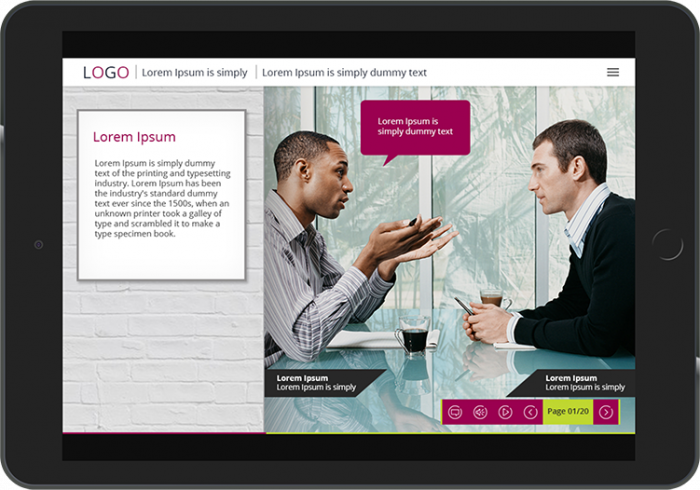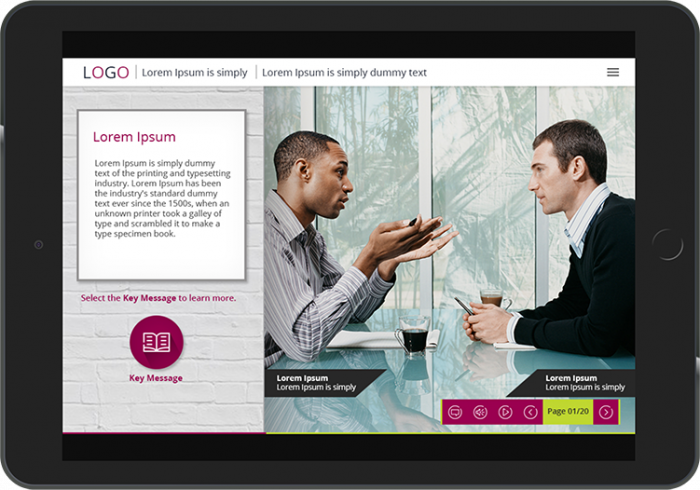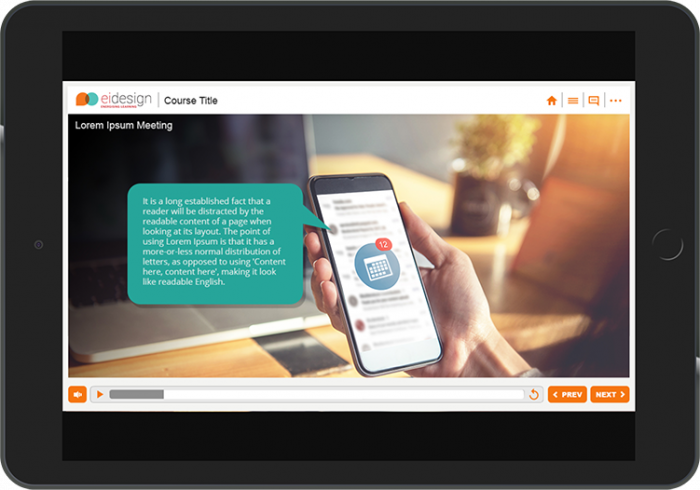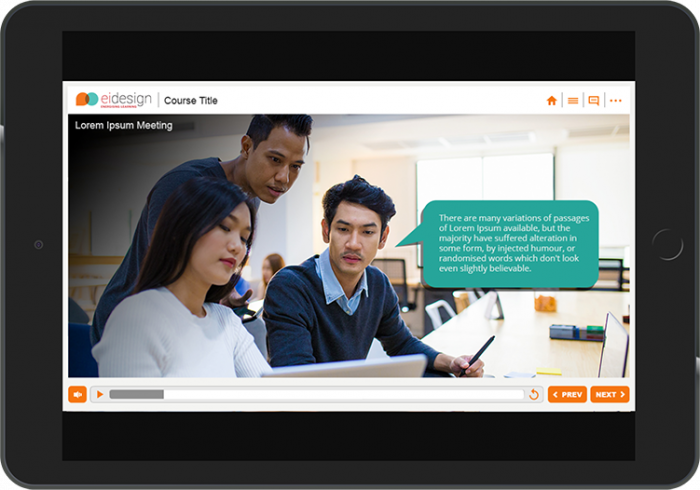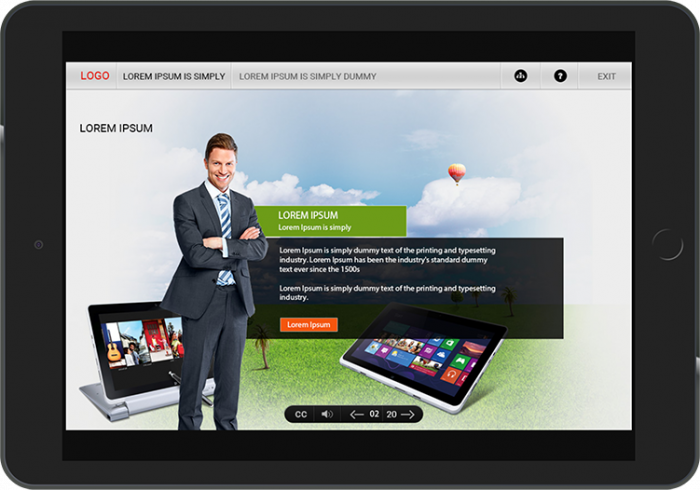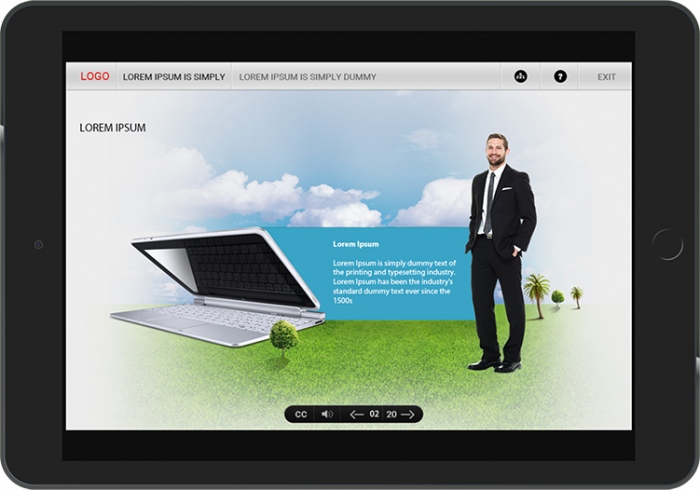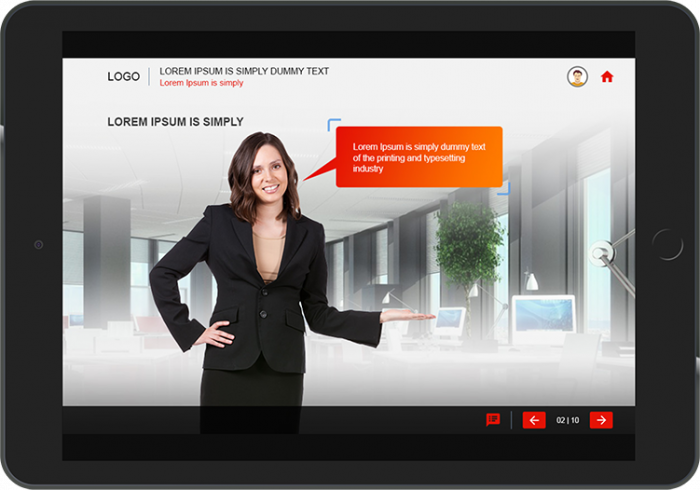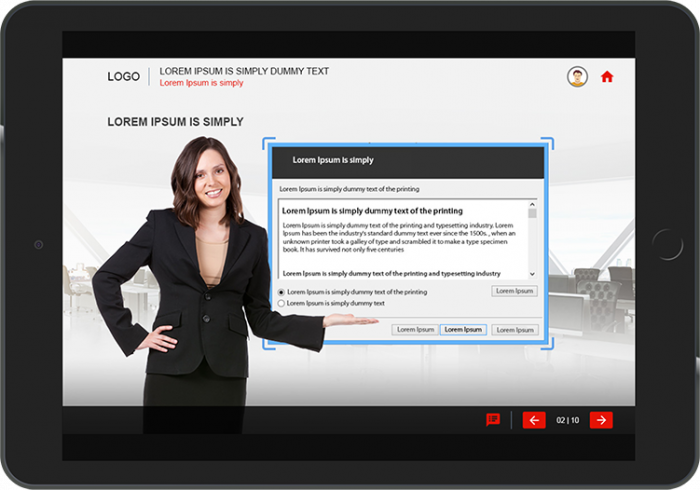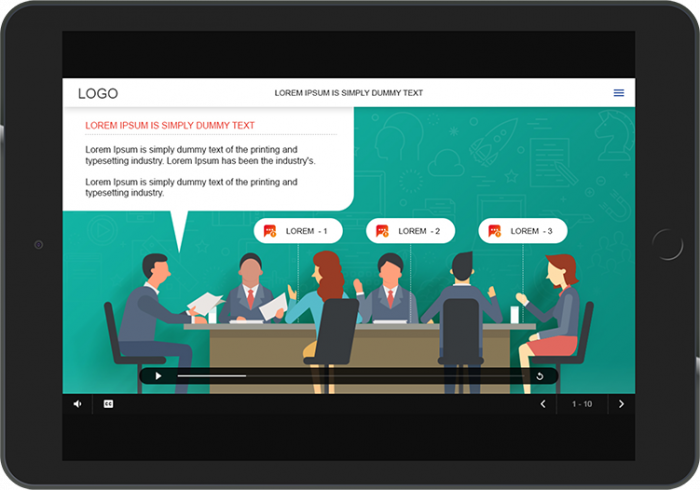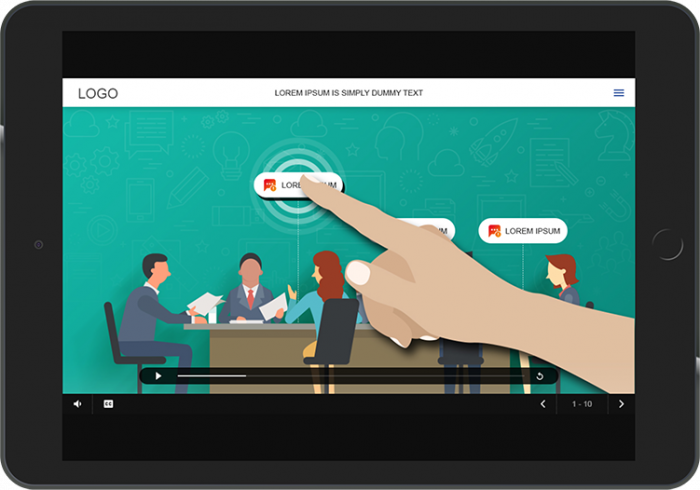
In this article, I outline how you can use storytelling in corporate Training. I also share 5 examples that showcase the impact storytelling can create for corporate training.
5 Effective Examples Of How To Use Storytelling In Corporate Training
“Storytelling is the most powerful way to put ideas into the world.”
– Robert McKee, Professor
Stories are a compelling read.
- Not only do they entertain us, but they are also a great source of knowledge and wisdom.
- They introduce us to new ideas and they push us to rethink and reevaluate our assumptions.
- They motivate us and inspire us to push our boundaries.
It comes as no surprise that stories provide us with an exciting and immersive channel to learn. Their appeal is universal, and they resonate well across all learner profiles.
Where Does The Magic Of Storytelling Lie And How Can It Be Leveraged For Corporate Training?
“Humans simply aren’t moved to action by ‘data dumps,’ dense PowerPoint slides, or spreadsheets packed with figures. People are moved by emotion. The best way to emotionally connect other people to our agenda begins with ‘Once upon a time…’ “
– Jonathan Gottschall, Literary Scholar
Essentially, stories help us connect to the narrative emotionally, in a relatable and meaningful way. They are engaging, are easy to remember, and appeal to learners of all profiles. Their usage can simplify a complex subject. They can be used effectively to bring in change.
- In the context of corporate training, we can use the narrative as a thread to organize information that can provide structured learning (and achieve specific learning outcomes).
- Often, a narrative may not be able to connect all aspects of the training. In such cases, storytelling can be used to connect the key aspects and lead the learner through the learning path. This scaffold (of the narrative) can have branched off to the other aspects of the training.
How Can You Use Storytelling In Corporate Training?
“Stories are memory aids, instruction manuals and moral compasses.”
– Aleks Krotoski, Author, and Social Psychologist
When using storytelling or story-based learning in corporate training, we combine the power of 2 elements, namely:
- The compelling narrative of storytelling
- Creative Instructional Design principles
The right combination of these 2 elements enables us to design a coherent information structure that provides an immersive learning experience.
Typically, storytelling in corporate training would feature a familiar narrative with:
- A beginning (background or origin)
- A middle (build-up through challenges)
- An end (a logical conclusion with take-aways or that triggers the required action)
Note: Looking at the complexity of the information that needs to be processed, we can also design sub-plots. The narrative leads the learner through the learning path, and it provides an anchor to the information nuggets. It keeps the learner glued, intrigued and aids in internalizing the information for the application.
Can Storytelling Be Used As A Strategic Learning Tool In Corporate Training?
“Stories are our primary tools of learning and teaching, the repositories of our lore and legends. They bring order into our confusing world. Think about how many times a day you use stories to pass along data, insights, memories or common-sense advice”.
– Edward Miller, Founder of Edward Elementary, Illustrator and Product Designer
The storytelling approach in corporate training creates higher retention and recall, leading to a memorable and sticky learning experience. This approach can act as a strategic learning tool in corporate training to meet specific learning outcomes.
Here Is How You Can Use Τhe Storytelling Approach In Corporate Training
- Set a context that is relatable to learners.
- Connect learners meaningfully to the content.
- Drive action.
- Add dollops of interest to dry or complex content.
- Facilitate higher recall and better retention.
Note: Having said this, the impact that storytelling as a learning tool can create for corporate training hinges on the selection of the right narrative. The narrative should do justice to the content and provide a relevant and relatable learning experience.
Why Should You Invest In Storytelling Or A Story-based Learning Approach In Corporate Training?
“If you wish to influence an individual or a group to embrace a particular value in their daily lives, tell them a compelling story”.
– Annette Simmons, Public Speaker, Trainer and elebrated Author
While I have already highlighted the power of storytelling in the context of corporate training, here are 6 ways we use story-based learning approach to create the desired outcome for our customers:
- Since stories help learners connect emotionally to the content, they can be used to drive attitudinal change.
- They can be used to highlight certain nuances. Hence, they can be used to sensitize learners on specific issues.
- They can be used to simplify a complex subject.
- They can also be used to convert an abstract concept into something that is relatable and easy to assimilate.
- They can be used to drive the desired action.
- They can be used to help learners understand the consequences of their choices and help them correct their future actions.
Examples
How you can use storytelling or a story-based learning approach in corporate training is difficult to visualize when you look at varied corporate training needs. These could include:
- Induction
- Professional skills
- Product training
- Application simulation
- Soft skills
To help you visualize how you can adopt storytelling or a story-based learning approach in corporate training and the impact it can create, I share 5 examples:
1. Induction
This was induction training delivered through an engaging story where a new-joiner character explored the various sections of a gallery. The gallery contained information on various facets of the company’s business, history, mission, vision, values, products, policies, and procedures.
2. Professional Skills
The training was driven through a story where the learner was given the responsibility of investigating a data breach in a fictitious company. To reach the office, the learner had to go through 4 different locations where he/she got to learn about various aspects of software asset management. The leaner also had to interact with 4 different characters who are experts on the process.
3. Product Training
This was a training for sales agents on a new product line. We used stories of consumers who use the product to make the learners understand which features resonate with each consumer profile. These consumer stories made the learning engaging and impactful, equipping the learners to handle customer queries and position the product correctly to each profile.
4. Application Simulation
This training was on a robotic process automation tool, and how the tool can help companies in automation. We used the story of an expert who has been appointed by the CEO of a company to oversee process automation. The expert went through various departments of the company to implement that tool and while doing so taught the usage of the tool in various scenarios.
5. Soft Skills
For this training on identifying development potential in employees, we employed an on-screen narrator to provide context and a connecting story. The narrator used real-life scenarios to drive learning and introduced simulations on how a company helped its managers identify potential, and the steps managers could take for success.
As you would have noted, the storytelling approach is a great learning strategy that you can use across varied corporate training needs. We always remember a good story, and a compelling narrative can trigger the change.
If you have any queries, do contact me at apandey@eidesign.net.
Read More:
- 2 Great Story-Based Learning Examples to Create Engaging eLearning
- Story-Based Learning Strategy In A Course For Instructional Designers
- Instructional Design Strategies to Design eLearning in 2018
- Creative Instructional Design: 9 Examples Of Learning Strategies You Can Use And A Free Gift For Instructional Designers!
